https://ift.tt/1Oee1DI
News flash: nuclear war would be very bad. What with the mass death and destruction, it would be better if we all just decided to get along rather than resorting to launching nukes at each other. But if it were to happen, and the earth became irradiated and frozen in a nuclear winter, what would happen to life? Would everything die, or would cockroaches rise up and populate the world as the internet would have us believe? Happily, there are quite a few forms of life that would survive. Such as…
10. The Amoeba
Arguably the simplest form of life, and possible the basis of all further life, the amoeba would surely survive. Amoeba have the ability to go into a dormant, cyst state, where they curl up in a protective layer and are able to remain like that indefinitely. Amoeba are found throughout the world in huge numbers and are extremely small so it is highly likely that they will survive.
They’re resistant to radiation, and being a single cell organism, they don’t have issues with mutations when multiplying. They can reproduce on their own very quickly, which isn’t much fun for them but pretty much guarantees their survival.
9. The Cockroach
Probably the most well known of all the animals to potentially survive a nuclear war, the cockroach is capable of withstanding moderate amounts of radiation and is thought to have been able to survive around 1,000 feet away from where the Hiroshima bomb detonated. However, modern weapons are vastly more powerful than the relatively small Hiroshima bomb, so fewer cockroaches would survive today’s nukes. According to According to Mythbusters, 10% of cockroaches in their test survived a radiation level of 10,000 rads. The “small” Hiroshima bomb gave off around 10,000 rads, so it is possible that cockroaches can survive but only if they were sufficiently far from the epicenter of the radiation.
In contrast, a human exposed to 10,000 rads would suffer an instantaneous coma and, pretty rapidly, death. The cockroach’s ability to survive is due to their slow growth rate. Their cells only reproduce every 48 hours and so the risk of mutation is lowered.
8. The Scorpion
While not guaranteed, scorpions are likely to survive. As anyone who has seen them in captivity knows, they are not harmed by ultraviolet radiation and do in fact, glow in the dark. Scorpions are not only able to survive UV radiation though, they could likely could likely survive nuclear radiation as well. They are also found in every continent other than Antarctica and can even be frozen and brought back to life. This may help them survive a frozen nuclear winter.
They are often found in burrows are crevasses, which offers some physical protection from radiation and fallout and increases their survival odds even further. Scorpions are very resistant and are relatively unchanged throughout their evolution due to their already perfect form.
7. The Braconidae Wasp
Braconidae is large family of parasitoid wasps (wasps that lay eggs inside other animals). Luckily for them they are highly resistant to radiation, so they have a very high likelihood to survive nuclear fallout. Researchers have discovered they can withstand up to 180,000 rads of radiation, making them one of the toughest animals alive today.
There is some argument about whether or not they would find any prey species to lay eggs in but it is very possible that they might. After all, they aren’t the only animal on this list, right? Additionally, here’s a fun fact about these insects: the braconidae wasps can actually be trained to sniff out harmful chemicals and explosives just like a sniffer dog. A stinging, creepy, not at all cute, sniffer dog.
6. The Lingulata
The lingulata is a type of brachiopod, or animal with a hinged shell (like a clam). The name comes from the Latin word meaning tongue due to the shape of their shell. In the history of the Earth there have been five mass extinctions (arguably, we are in the sixth, depending on who you ask), when the vast majority of life was wiped out. It was such an event that lead to the demise of the dinosaurs.
The lingulata has no issues with trivial mass extinctions and has survived all five without any issues. It appears that it’s able to burrow deeply into the ground in times of trouble and then emerge later. Despite their ability to survive no one really understands quite how they do it. Still, if they have outlived 99% of species which have ever existed, they would be odds on favorites to survive a nuclear war.
5. The Fruit Fly
The common fruit fly, or Drosophilla if you want to be specific, can survive high doses of radiation up to around 64,000 rads. Most insects, as it happens, are quite capable of surviving radiation due to slow cell division, and extremely fast reproduction in the case of the fruit fly. The ability to reproduce means they have the ability to evolve very quickly to any change in conditions.
Also the mere fact that they’re so small works in their favor too, as there are less cells to be affected by the radiation and less surface area to absorb it. As we are beginning to see, the world after nuclear war would not be particularly cute and cuddly, but there would at least be some life.
4. The Human
Surprised? Well, despite all that’s known about our ability to survive radiation, it’s quite possible that humans would survive nuclear war. There are several reasons for this. First, the amount of nuclear weaponry in the world is actually decreasing, meaning fewer bombs. While the existing bombs could technically wipe everyone out, that would be unlikely as humans are too scattered around the world. Although bombs are around 1,000 times more powerful now than Hiroshima it doesn’t mean that 1,000 times more people will die.
This is quite simply because there won’t be that many people in the vicinity of where the bomb is dropped, although every person there would obviously be killed. With humans living in all parts of the world, and with nuclear shelters, it is possible that enough people would survive to keep a viable population and live off the remaining land. Also, we’re fortunate enough to possess the intelligence to engineer our way out of trouble. Or, you know, we could choose not to drop the bombs to begin with.
3. The Mummichog
The rather delightful mummichog might sound like a mythical creature found at Hogwarts, but it is in fact just a simple fish. Fish are not typically great survivors, with changes in salt content, water temperature or pollution normally wiping them out. The mummichog is special, however, in that it can live anywhere. It lives in the most polluted areas of sea which have severe chemical spills. It’s also the only fish to have been to space. Several were taken to the Skylab space station in 1973 for tests and it was found that they could swim in space and all their offspring were born as usual.
Their ability to survive is linked to their ability to turn genes on and off when required. This allows the fish to survive in any mixture of chemicals, any temperature and any salinity. The fish have actually been observed “redesigning” body parts to cope with new environments. Any fish that can do that is surely a favorite for survival.
2. The Tardigrade
Sounds like something out of Doctor Who, doesn’t it? The tardigrade (or water bear) makes the list on account of it being what scientists call an “extremophile”. This means they can withstand extremes that would put most animals to shame. They can be boiled, crushed, frozen, live in space, live without water and be brought back to life after being clinically dead for almost a decade.
They only grow up to 1.5mm long as well so are less likely to be at risk from the explosion itself. This, coupled with their ability to survive everything, including radiation, makes them near certainties to survive nuclear war.
1. Deinococcus Radioduran
Nicknamed “Conan the bacterium” by scientists, this is the undoubted survivor. Tardigrades may be extremophiles but Conan is a “polyextremophile” meaning it is just generally better at everything than the already indestructible tardigrade. Listed as the “most radiation resistant life form” by the Guinness Book of World Records at one point it is clear that this is one tough cookie. It is able to repair damaged DNA so quickly that scientists are trying to use it for help in treating humans. It is already used for cleaning up polluted areas and it is quite literally being used as a time capsule.
In case of widespread death (say a nuclear war) a team of scientists discovered they can write a message in the DNA of the bacteria and 100 generations later, when they tested it, the message remained. Like most bacteria, no one actually knows why it evolved resistance to everything but it is still being studied. So not only will future humans survive, they might actually be brought messages by a near indestructible bacteria species going by the name “Conan”.
Thinking about what else may happen in a nuclear war?
AMAZING
TRENDS,AMAZING
via Toptenz.net http://www.toptenz.net
May 14, 2018 at 06:22AM
.png)

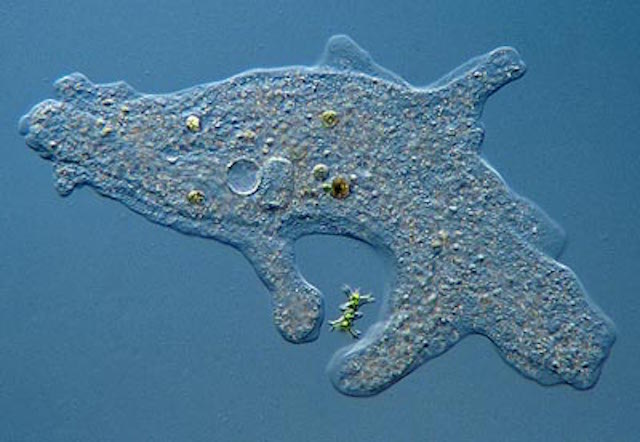



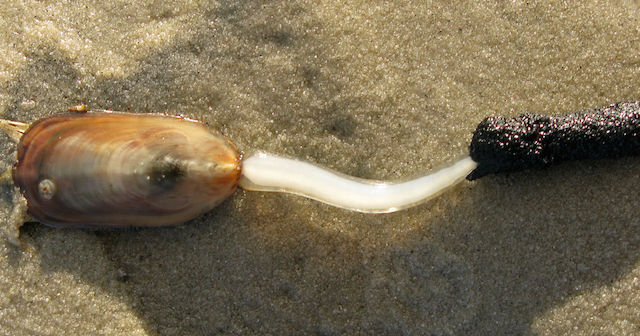
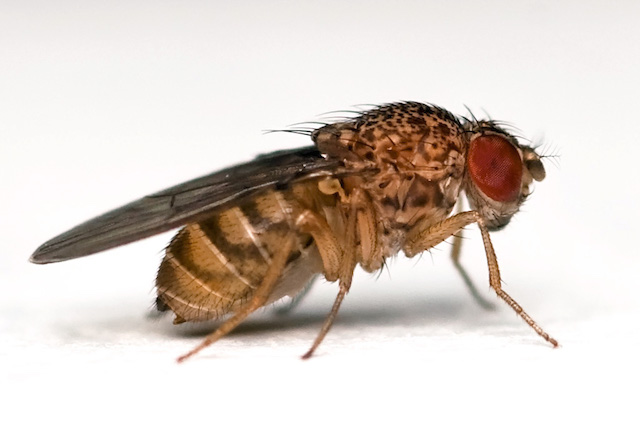

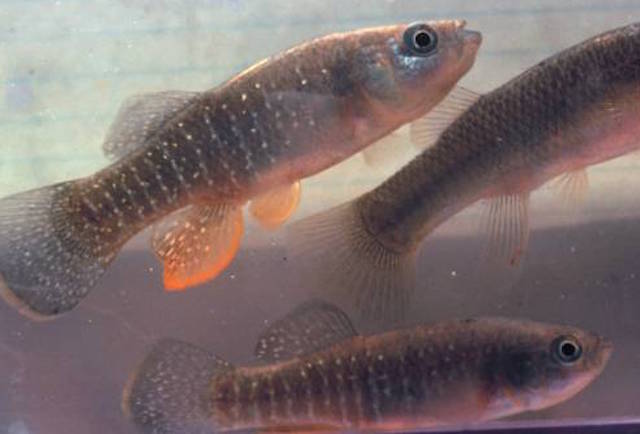
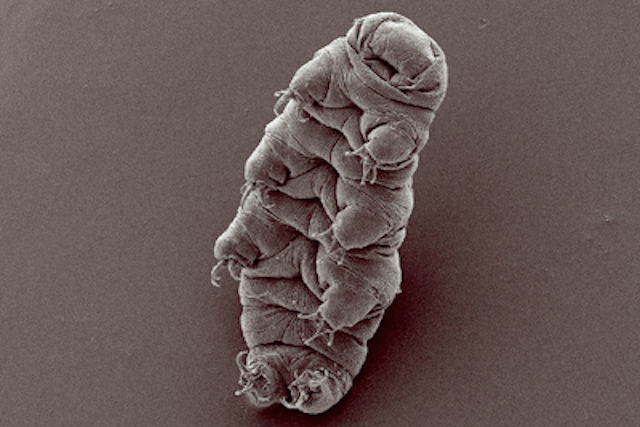
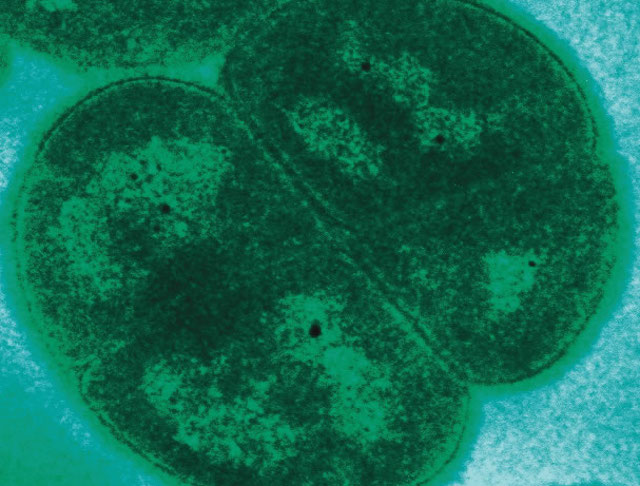
No comments:
Post a Comment